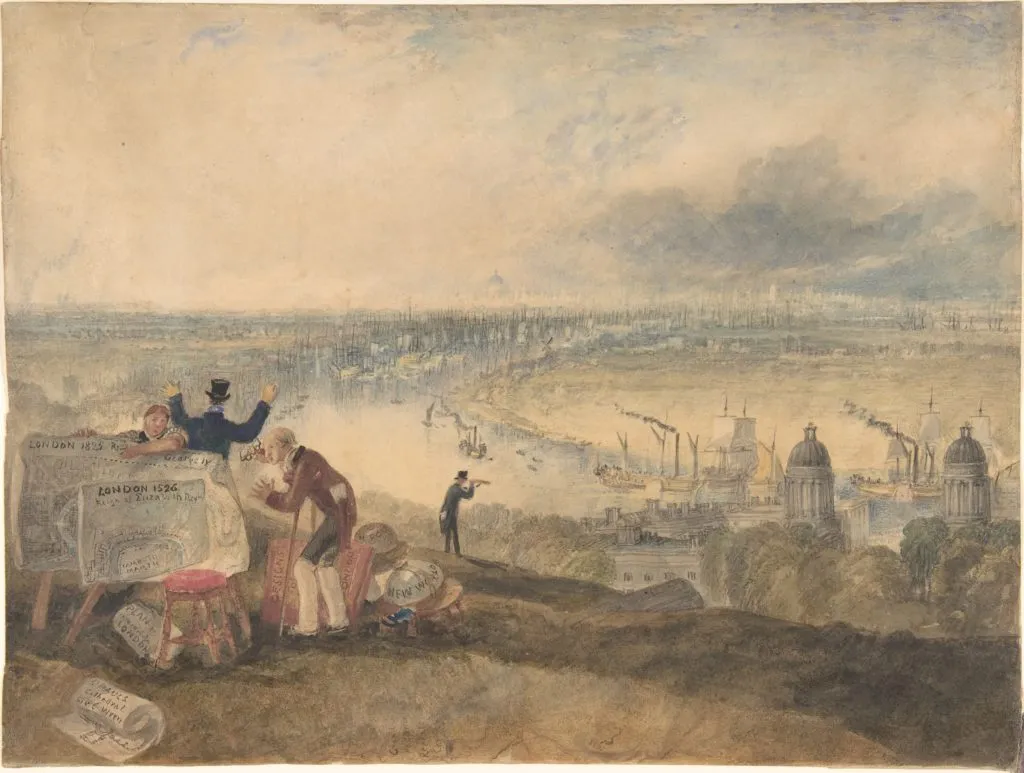80,000 Watercolor Portraits (and Counting) Paint a Pre-Photography Picture of the Planet
The Watercolour World enables users to compare historical paintings with contemporary images of landscapes
:focal(477x385:478x386)/https://tf-cmsv2-smithsonianmag-media.s3.amazonaws.com/filer/e8/8f/e88f28ff-2406-4845-a36d-25229d7dcf71/06-merian-2-1024x757.jpg)
Before photography was around to detail the natural world, there were watercolor paintings.
A recently launched database has digitized 80,000 (and counting) works painted during the medium’s heyday, opening up a singular window into the past.
As Naomi Rea reports for artnet News, the portal, which launched at the end of January with the support of Charles, the Prince of Wales, and Camilla Parker Bowles, the Duchess of Cornwall, serves as a visual record of a pre-photography planet, allowing viewers to compare historical depictions with contemporary images of landscapes affected by climate change.
According to a press release, the project, which is dubbed the Watercolour World, aims to make documentary watercolors— including views of “landscapes, seascapes, buildings, animals, plants, ordinary people and historical events”—currently held in both private and public collections freely available to the public.
Thousands of such paintings made before 1900 remain in existence today, but many are “fragile, inaccessible” or at risk of being lost. The database’s mission is to digitally preserve these images and help them find new meaning today, whether it's “combating climate change" or "helping rebuild heritage sites destroyed in war.”
As the portal’s “Search Tips” page notes, users can navigate the Watercolour World map to narrow down images by location, or input keywords such as “Flora & Fauna,” “Travel & Transport,” “rivers” and “religious buildings.” Additional filters include artist name, collection (the British Museum has contributed 15,065 watercolors so far, while the Metropolitan Museum of Art has offered up 2,897) and date range.

Artnet News’ Rea outlines several database highlights, including a trove of 19th-century paintings of an Egyptian tomb built to house the ancient pharaoh Seti I, images of England’s southern coast prior to the onslaught of erosion, and sketches of the French Alps, which have experienced significant glacial retreat in the centuries since they were painted by the likes of English Romantic artists J.M.W. Turner.
Additional entries of interest include paintings of Egypt attributed to Edward Lear, a British writer best known for his nonsensical prose and poetry, and a colorful sketch of a toucan created by scientific illustrator Maria Sibylla Merian between 1701 and 1705.
The toucan, incidentally, is one of many of the works featured in the database that was painted by a woman. Historically, women have dominated the watercolor medium. (As the statement points out, England’s Queen Victoria was an accomplished watercolorist in her own right.)
Fred Hohler, a former diplomat who also founded the Public Catalogue Foundation, which photographed and published more than 200,000 oil paintings held in public collections across Great Britain, is behind the new initiative.
While Watercolour World may focus on a different medium than PCF, it has a similar mandate: making less visible works accessible to the public. As Hohler says in an interview with the Telegraph’s Hannah Furness, the goal is to share with modern viewers "an extraordinary journey into the world in earlier times."
/https://tf-cmsv2-smithsonianmag-media.s3.amazonaws.com/accounts/headshot/mellon.png)
/https://tf-cmsv2-smithsonianmag-media.s3.amazonaws.com/accounts/headshot/mellon.png)